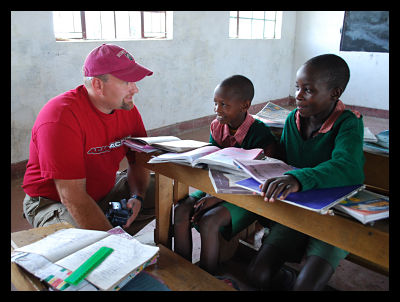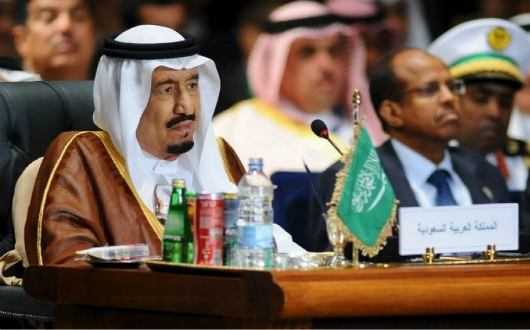
In May 2015, Saudi Arabia launched a new, unified government humanitarian aid organization called the King Salman Humanitarian Center (KSC) — named after the nation’s new monarch.
Saudi Arabia is eighth largest aid donor in the world and spent over 736 million dollars in humanitarian aid in 2014. The new center has the potential to transform how Saudi Arabia donates, organizes and distributes millions of dollars in emergency aid.
This administration transformation was not widely reported, though the scale of this change is immense. A source in the UN reported to IRIN that he believes the King Salman Humanitarian Center will be Saudi Arabia’s version of USAID and that it will establish multiple departments such as monitoring, evaluation and research.
Rafaat Sabbagh, a KSC spokesman, elaborated on the new organization’s goals. “We are very ambitious… We are only one month and a half old. But at the same time we are very keen to learn to learn from the experience of DFID [in the UK] and USAID. Our work is not only for one country. Whenever there are people in need, especially with natural disasters, we will be there.”
Before the creation of KSC, Saudi Arabia’s humanitarian aid was notorious for being “highly unpredictable, hard to navigate, and – some argued – incoherent,” writes IRIN. There were often miscommunication errors between different branches, causing confusion and unnecessary overlap.
The Center plans to take a more direct, hands-on approach to its funding techniques, spending on local organizations rather than large international organizations.
The country is known for its large donations or powerful financial potential. For example, in 2008, it gave 500 million to the World Food Program in one large payment. In 2014, it also gave 500 million to help the Iraq crisis.
Donations like this are expected to be approved and processed by the KSC now, and some worry that Saudi Arabia’s involvement with UN aid programs will decrease.
These worries are not unfounded. Saudi Arabia has become increasingly frustrated with the United Nations in the past few years. “In late 2013, it rejected a seat on the UN Security Council, condemning ‘double standards’ in Syria and wasteful use of resources,” says the IRIN.
KSC spokesperson, Sabbagh, said to IRIN that the KSC will “avoid the bureaucracy that some organizations are suffering from” and will be “more flexible” than other organizations. Some believe this is a subtle critique of the United Nations.
At the same time, Sabbagh maintains that he wants to continue to work with the UN. “We are very keen to build a partnership [with the UN]. At the same time we have our own networks. Our work through the UN partnership can be complimentary,” he tells IRIN.
If the King Salman Humanitarian Center is successful, Saudi Arabia’s donations will become much more impactful, strategic and effective. The Center’s first project is to disburse 250 million dollars in Yemen, where Saudi Arabia is involved actively in the civil war.
– Aaron Andree
Sources: Aawsat, Irin News
Photo: Today Online
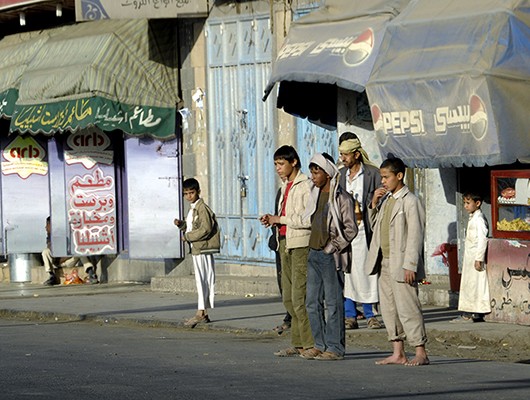


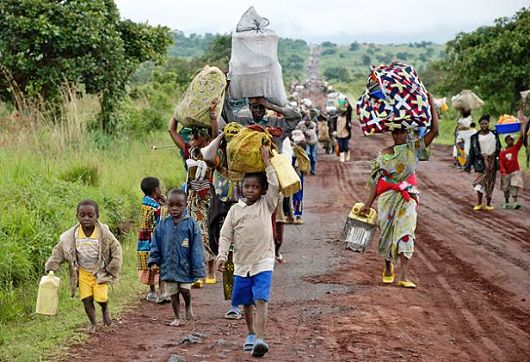
 We all know how great giving back feels. Donating, whether it’s time, money or other assets, puts a spring in our step and breeze through our hair. But who are the most philanthropic people in the world? Let’s take a look:
We all know how great giving back feels. Donating, whether it’s time, money or other assets, puts a spring in our step and breeze through our hair. But who are the most philanthropic people in the world? Let’s take a look: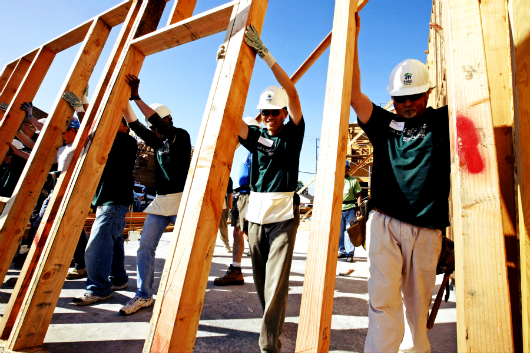
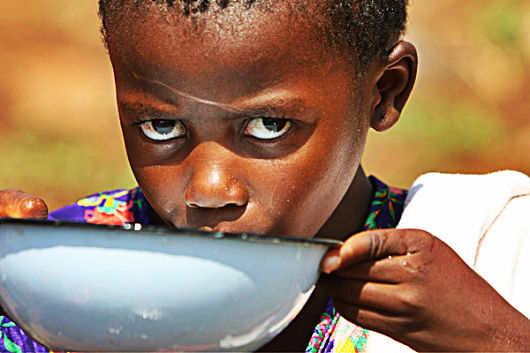
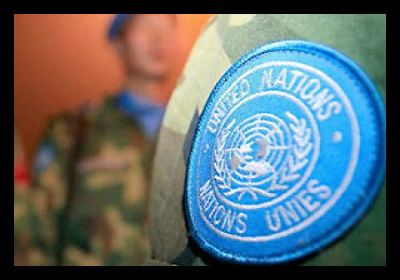 The Responsibility to Protect doctrine, also known as R2P, was created by the International Commission on Intervention and State Sovereignty in response to the genocide in Rwanda. R2P argues that the international community has the responsibility to protect civilians in states that are unwilling or unable to do so, therefore re-defining the pillars of state sovereignty. Two basic pillars of the Responsibility to Protect include state sovereignty to responsibility for the protection of its people lies within the state itself, as well as the international responsibility to protect populations suffering serious harm from internal war, insurgency, repression or state failure through humanitarian intervention.
The Responsibility to Protect doctrine, also known as R2P, was created by the International Commission on Intervention and State Sovereignty in response to the genocide in Rwanda. R2P argues that the international community has the responsibility to protect civilians in states that are unwilling or unable to do so, therefore re-defining the pillars of state sovereignty. Two basic pillars of the Responsibility to Protect include state sovereignty to responsibility for the protection of its people lies within the state itself, as well as the international responsibility to protect populations suffering serious harm from internal war, insurgency, repression or state failure through humanitarian intervention.